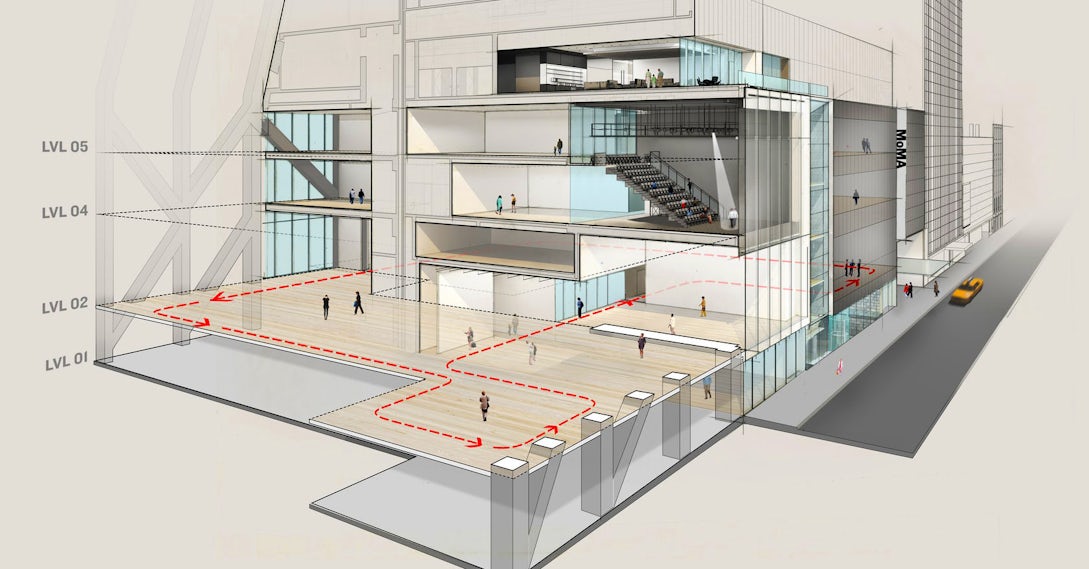The judging process for Architizer's 12th Annual A+Awards is now away. Subscribe to our Awards Newsletter to receive updates about Public Voting, and stay tuned for winners announcements later this spring.
Although Melbourne is one of the largest cities in Australia, its architecture and urban planning is unlike most major metropolises. Many residential areas combine qualities of both urban and suburban environments at a scale and density that allows for single-unit homes with room to spare. At less than 200 years old, the city is made up of a few — albeit prominently represented — generations of architectural style. Among the most enduring designs are colonial-era constructions, with many Victorian homes still existing to this day remaining a prevailing aesthetic for all domestic architecture in Melbourne.
Yet many contemporary architects are striving to move beyond this aesthetic in addition to larger attempts to break from all forms of colonial thought. Some work to preserve the heritage of established structures while augmenting or repurposing them with new ideas. Others strive to radically transform the way residents engage with their built environment. Many take advantage of the unique topography of the city, creating houses that emphasize the relationship between a home and the space around it.
These efforts are linked to a desire to balance urban development with the protection and preservation of natural spaces, which is also reflected in the use of organic, and sometimes locally sourced, materials. No matter the diverse intentions of each design, all of these innovations are a direct response and engagement with the architecture of Melbourne.

© Schulberg Demkiw Architects

© Schulberg Demkiw Architects

© Schulberg Demkiw Architects
Beach Ave, Schulberg Demkiw Architects, Melbourne, Australia
Schulberg Demkiw Architects’ design for a home features many subversive characteristics. Although the building creates a conventional footprint, its profile reveals a broken gable split in the middle to make way for a long courtyard. This opening in the center of the house also sets up the project’s other subversive approach, breaking down distinctions between inside and outside space. The structure features transitional spaces blurring this boundary, including perforated walls constructed out of hoop pine and tallowwood, both native to eastern Australia.

© Austin Maynard Architects

© Austin Maynard Architects
HOUSE House, Austin Maynard Architects, Melbourne, Australia
Austin Maynard Architects’ HOUSE House also prominently features exposed wooden siding broken up by wide windows interspersed in a syncopated pattern. The idea behind the project was to take up as little of the plot area as possible, making room for a large yard within an urban setting. As with Beach Ave, the building deviates from the conventional homes of Melbourne yet recognizes the archetypal suburban house through broken iconography. Here, the profile of a stereotypical home is painted on the façade of the project, represented in the form of graffiti.

© Matt Gibson A+D

© Matt Gibson A+D

© Matt Gibson A+D
Treetop House, Matt Gibson A+D, Melbourne, Australia
Following a similar design approach, Treetop House conforms to a narrow footprint, fitting into the urban fabric while making room for a backyard. The exterior of the structure actually extends beyond the interior space to create a moment of transition into the outdoor yard. Yet instead of featuring a house decal, the home prominently displays the silhouette of a tree, appearing to grow out of the structure of the house, constructed with exposed timber walls.

© George Yiontis

© Peter Clarke

© Peter Clarke
House 3, Coy Yiontis Architects, Melbourne, Australia
Although much of Coy Yiontis Architects’ project is distinctly contemporary architecture, House 3 owes a great deal to the historical architecture of the neighborhood. The architects decided to preserve and conserve the house’s Victorian façade, maintaining a street-facing conformity while developing a more experimental approach toward the rest of the project. Major additions include a polygonal structure nested behind the original home, creating a space that is both physically and visually open to the yard beyond.

© FMD Architects

© FMD Architects

© FMD Architects
Cross-Stitch House, FMD Architects, Melbourne, Australia
Also fashioned out of an existing Victorian home, Cross-Stitch House represents an amalgamation of traditional and contemporary design. The presence of this established architecture is evoked in timber posts, which articulate the frame of a gabled house, extending beyond the actual home in fragmented form. Yet even as this vernacular becomes unrecognizable, it transforms into something new, forming a natural pergola above the outdoor patio.

© Davidov Partners Architects

© Davidov Partners Architects

© Davidov Partners Architects
SSK Residence, Davidov Partners Architects, Melbourne, Australia
The form of SSK Residence is comprised of two otherwise unremarkable house structures. Yet the two structures, compressed together, create a unique domestic space with different programs for the common room divided under two gabled roofs. The project also breaks from suburban conformity by completely opening this common space up to a backyard, essentially incorporating a third section of the main living area.

© Clare Cousins Architects

© Clare Cousins Architects

© Clare Cousins Architects

© Clare Cousins Architects
Beach House Mornington, Clare Cousins Architects, Melbourne, Australia
Featuring exposed wood materials both inside and out, Beach House Mornington is conceived of as a seaside cabin including a full embrace of its natural surroundings. The structure is an extension to an existing house and represents not only an escape from this structure, but an entire departure from the developed landscape of Melbourne — away from the conformity of suburban architecture in search of an open and responsive architecture.
The judging process for Architizer's 12th Annual A+Awards is now away. Subscribe to our Awards Newsletter to receive updates about Public Voting, and stay tuned for winners announcements later this spring.









